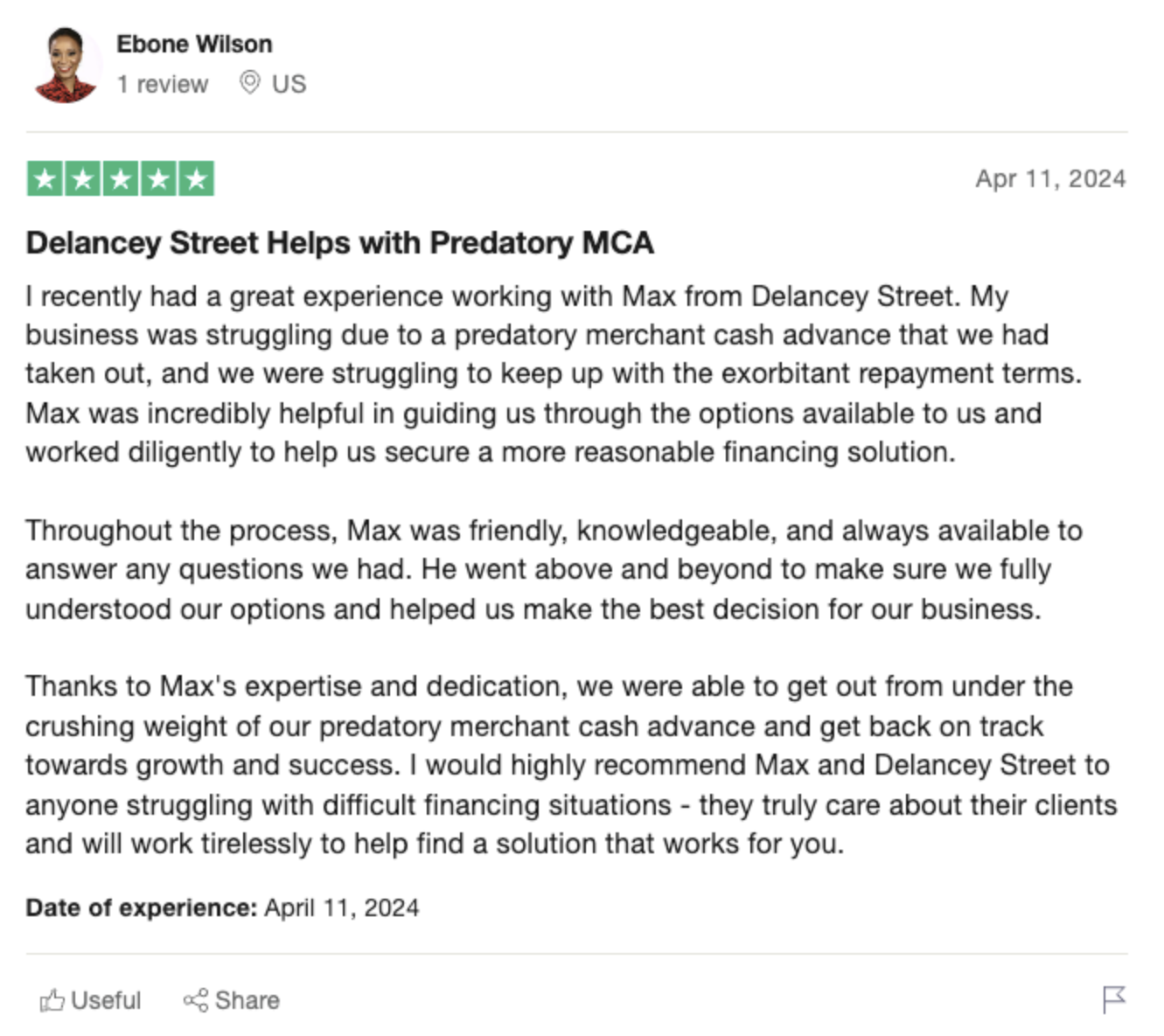INTRO:
Filing for bankruptcy is a significant decision that can impact every facet of your life, especially your financial health. If you are considering bankruptcy in New York, understanding the associated costs is crucial. This article delves into the intricacies of bankruptcy expenses, focusing on key aspects you need to be aware of. We’ll explore the primary factors that influence costs, the legal fees you might incur, and a detailed comparison between Chapter 7 and Chapter 13 bankruptcy.
Understanding Bankruptcy: What It Entails in New York
When you contemplate filing for bankruptcy in New York, you’re stepping into a complex legal process designed to help resolve significant debts. This legal framework offers individuals and businesses a fresh start, but it also comes with various costs that can add up. In the Empire State, bankruptcy operates under federal laws, but state-specific rules also apply, making it essential to comprehend both to navigate the process effectively.
For example, in New York, the choice of whether to use state or federal exemptions can significantly impact the outcome of your case. If utilized properly, these exemptions can safeguard more of your assets—important in shielding your financial future. Furthermore, bankruptcy trustees, who oversee these cases, play a critical role in asset liquidation in Chapter 7 or in overseeing repayment plans in Chapter 13.
 -
-Alternative scenarios could arise as well. Let’s say your situation primarily involves consumer debt; Chapter 7 might offer rapid relief by liquidating non-exempt assets. Conversely, for those with a regular income and more complex scenarios, Chapter 13 might be a more suitable route, allowing you to catch up on mortgage payments and other secured debts over time. Each path involves understanding various costs and procedures, making preliminary expert consultation invaluable.
But what costs are involved beyond just paying off your debts? That’s not a question with a simple answer. The expenses range from legal fees to filing charges, and even hidden costs that can catch you by surprise. Let’s break these down further.
Factors Influencing Bankruptcy Costs in New York
Bankruptcy costs in New York don’t have a one-size-fits-all price tag. Several factors can dramatically influence the expense, starting with the complexity of your case. straightforward cases might involve fewer assets and creditors, resulting in lower total costs. Conversely, more complex cases with multiple creditors, properties, and other financial entanglements can push costs significantly higher.
Another crucial element is your choice of bankruptcy chapter. Filing under Chapter 7 generally entails fewer complications and expenses than Chapter 13, where you need a more detailed repayment plan spread over three to five years. If you opt for Chapter 13, the long-term legal supervision and adjustments required can raise costs significantly. Are you wondering if the type of debt influences your costs? Yes, it does. Secured debts, those backed by collateral like homes and cars, are treated differently compared to unsecured debts, like credit card balances or medical bills, adding layers of complexity—and cost.
 -
-Moreover, geographic location within New York can also impact what you pay for legal representation and other services. Urban areas like New York City often have higher operating costs for law firms, which can be passed down to you as higher fees. Rural or suburban areas might offer more affordable services, but the depth of expertise available might also vary.
Finally, remember the hidden costs. Things like financial management courses—which are often mandatory—and incidental administrative fees can add to your total expenses. Being prepared for these can help you manage your overall bankruptcy budget more effectively.
Legal Fees: A Significant Part of Bankruptcy Expenses
Legal fees form a substantial part of bankruptcy costs and can often catch individuals off guard. In New York, hiring a competent bankruptcy attorney is practically a necessity, given the complexity of laws and regulations. Attorneys offer professional guidance, ensuring that every step, from filing paperwork to court appearances, is executed correctly, but this expertise comes at a price.
| Here’s a breakdown of typical legal fees: Typical Legal Fees for Bankruptcy |
Service | Cost Range (USD) |
|---|---|---|
| Chapter 7 Attorney | $1,000 – $3,500 | |
| Chapter 13 Attorney | $2,500 – $6,000 | |
| Consultation Fees | Free – $500 |
A one-time consultation fee, ranging from free to $500, kicks off the process. Chapter 7 attorneys might charge between $1,000 to $3,500, while Chapter 13 attorneys can demand $2,500 to $6,000 or even more. Your case’s complexity, as previously discussed, will significantly influence these rates. Labor-intensive scenarios necessitate prolonged legal engagements, lending to higher overall costs.
Choosing an attorney specific to your locale can also affect fees. Urban attorneys with high profiles might charge more, but they may offer unparalleled expertise. Are there alternatives to hiring a high-priced attorney? Certainly, options such as legal aid societies or pro bono services exist but remember, these come with limitations on availability and the complexity of cases they can handle.
 -
-An essential consideration is the possibility of payment plans. Given the high upfront costs, many attorneys offer structured payment plans to make the financial burden more manageable. Evaluate these plans carefully, ensuring you fully comprehend the terms and avoid additional financial strain.
Filing Fees and Administrative Costs in Bankruptcy
On top of legal fees, you’ll also encounter a range of filing and administrative costs. Every bankruptcy filing in New York comes with predetermined fees that are standard across jurisdictions, but can still significantly add to your expenses. Here’s a quick summary:
| Standard Bankruptcy Filing Fees | Type of Filing | Fee (USD) |
|---|---|---|
| Chapter 7 | $338 | |
| Chapter 13 | $313 | |
| Miscellaneous Fees | Varies (Typically $20 – $75) |
For a Chapter 7 bankruptcy, the filing fee is currently $338, while Chapter 13 costs $313. These fees are necessary for your case to be accepted by the court and are generally non-negotiable. Additionally, there are miscellaneous fees including costs for credit counseling and debtor education courses, which could add another $20 to $75 to your total expenses.
 -
-The administrative costs don’t end with the filing. Post-filing, there might be fees for additional motions or amendments you might need to make, especially if there are changes in your financial situation that require court adjustments. Should unforeseen issues arise, such as creditor disputes, additional court appearances might also necessitate extra administrative charges, driving costs up further.
Could there be cost-saving measures you can implement? Payment of filing fees in installments can sometimes be an option, reducing the immediate financial burden. In certain situations, requesting a waiver based on financial hardship may be feasible, although these are granted in exceptional cases and require substantial documentation to prove your inability to pay.
Understanding these fees helps you plan better, eliminating surprises that can derail your financial recovery plan. Manage these effectively, and you pave a clearer path toward resolving your debts.
Hidden Costs: Unforeseen Expenses in Bankruptcy Cases
Even with a well-structured plan, bankruptcy can introduce hidden costs that you might not have initially considered. One of the primary unforeseen expenses is the impact on your credit score. While this isn’t a direct, out-of-pocket cost, the long-term financial consequences can be significant. A lower credit score can lead to higher interest rates on loans, reduced accessibility to new credit, and increased insurance premiums, among other things.
Another hidden cost surfaces in the form of time. Bankruptcy proceedings, particularly for Chapter 13, can be lengthy, often spanning three to five years. You might spend numerous hours gathering documentation, attending court hearings, and meeting with financial counselors. This time commitment could lead to indirect financial losses, especially if it disrupts your work schedule or other revenue-generating activities.
Additionally, there’s the potential cost of mandatory financial management courses. Such courses, aimed at helping you rebuild your financial health, could range from $20 for an online seminar to several hundred dollars for more comprehensive, in-person sessions. These are often required for both pre-filing credit counseling and post-filing debtor education, adding another layer to your total expenses.
Suppose there are unexpected complications like disputes from creditors or the trustee requiring additional legal intervention—that would also escalate your costs. Imagine dealing with asset disputes, fraudulent transfer accusations, or issues with your repayment plan in Chapter 13. These scenarios may necessitate further legal advice or additional court appearances, which accrue extra costs.
Comparing Chapter 7 and Chapter 13 Bankruptcy Costs
When evaluating Chapter 7 and Chapter 13 bankruptcy, you’ll find that the financial implications significantly differ. Chapter 7 is generally considered less expensive, primarily due to its shorter duration and simpler process. This route often involves liquidating non-exempt assets to pay off unsecured debts, culminating within months rather than years. The costs associated with Chapter 7 include lower legal fees and fewer court appearances.
| Comparative Costs of Chapter 7 and Chapter 13 Bankruptcy | Expense Type | Chapter 7 | Chapter 13 |
|---|---|---|---|
| Legal Fees | $1,000 – $3,500 | $2,500 – $6,000 | |
| Filing Fees | $338 | $313 | |
| Duration of Case | 3-6 months | 3-5 years | |
| Additional Court Fees | Lower | Higher |
In contrast, Chapter 13 bankruptcy involves reorganizing your debt into a manageable repayment plan over three to five years. This complexity requires more intensive legal assistance, leading to higher attorney fees. Furthermore, you might face additional administrative costs due to frequent court interactions and adjustments to your repayment plan over time.
Chapter 7 filings entail fewer creditor meetings and motions, keeping overall administrative and miscellaneous costs limited. Conversely, Chapter 13 requires robust monitoring, continual adjustments, and regular interaction with a trustee, thus escalating costs. For example, how a disputed claim or need for a modified repayment plan can quadruple complexities and costs in Chapter 13, highlighting the stark difference.
So, which option is more suitable for you? If your debts are primarily unsecured and you possess few non-exempt assets, Chapter 7 might offer a rapid and cost-effective solution. However, if you have a regular income and want to protect significant assets like your home, Chapter 13 could provide more strategic long-term relief. Both have distinct financial footprints worth carefully considering.
OUTRO:
Bankruptcy is not just a financial procedure; it’s a strategic decision that impacts your future exponentially. By understanding the costs involved—legal fees, filing fees, administrative, and hidden expenses—you can better prepare for what lies ahead. Whether you are considering Chapter 7 or Chapter 13, the key is thorough preparation and keen awareness of potential costs. With this knowledge, you are better equipped to navigate this challenging terrain, secure in the knowledge that you have a clear understanding of the financial landscape. Make informed decisions to reestablish your financial health effectively.







